![]()
![]()
![]()
Use LEFT and RIGHT arrow keys to navigate between flashcards;
Use UP and DOWN arrow keys to flip the card;
H to show hint;
A reads text to speech;
20 Cards in this Set
- Front
- Back
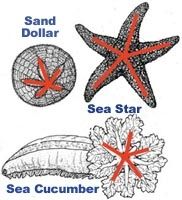
Radial Symmetry
|

Organisms tend to be sessile, passive ‘floaters’, or have limited sensory capabilities.
|
|

Sponges
|

Phylum Porifera. Mostly marine.
Cells are loosely organized, no true tissues or organs. Filter food particles using choanocytes. |
|
|
Sponge Reproduction
|
Reproduce sexually (most hermaphrodites); or
Asexually by pieces breaking off (fragmentation). |
|
|
Phylum Cnidaria
|
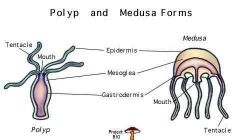
‘Nerve net’ organisms such as Medusa-jellyfish & Polyp-corals
|
|
|
Nematocyst
|

In Cnidocytes, the stinging cell.
|
|
|
Cnidarian Classes
|
Class Hydrozoa;
Class Scyphozoa; Class Anthozoa. |
|
|
Class Hydrozoa
|
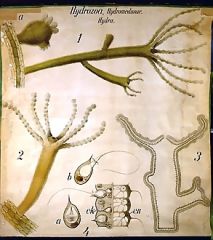
Hydras, Obelia
Meduse stage Portuguese man of war |
|
|
Class Scyphozoa
|
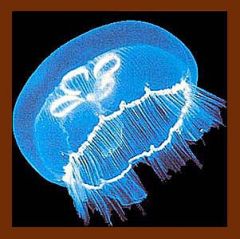
Meduas stage is common.
All marine Most jellyfish, sea wasps, Sea nettles. |
|
|
Phylum Ctenophora
|
Comb jellies: all are marine.
8 rows of comb-like fused cilia used for locomotion. Capture prey with long stick tentacles. Many are bioluminescent! |
|
|
Phylum Platyhelminthes
|
Flat worms.
Approx 20,000 species. Fresh, marine, & terrestrial. |
|
|
Phylum Platyhelminthes Anatomy
|
Simple digestive & excretory systems.
Nervous system more developed than cnidarians. Cephalization, with some ability to learn responding to stimuli. |
|
|
Trematodes
|
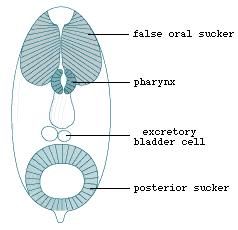
Live as parasites. Blood flukes.
Most species have complex life cycles. |
|
|
Tapeworms
|
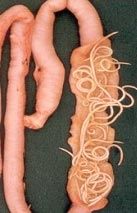
Parasitic, mostly in vertebrates.
Up to 20m long…yummy! Phylum Platyhelminthes |
|
|
Phylum Nematoda
|

Round worms.
Approx 90,000 known species. Extremely widespread. |
|
|
Phylum Nematoda Anatomy
|
Complete digestive tract.
Longitudinal muscles produce thrashing motion. |
|
|
Trichinella spiralis
|
Disease causing: trichinosis.
Results from eating undercooked pork. Worm are encysted in the muscle. Bad news. |
|
|
Phylum Mollusca
|
Gastropods.
Bivalves. Cephalopods. |
|
|
Gastropods
|
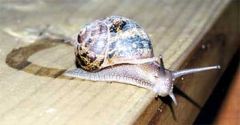
Snails, sea slugs, Radula
|
|
|
Bivalves
|

Clams, oysters, scallops.
2 halves of a shell. Adductor mussels |
|
|
Cephalopods
|
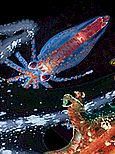
Octopi, squid, nautilus.
Beak & injectable poison in mouth at center of arms & tentacles. http://www.australiancephalopods.com/ |

